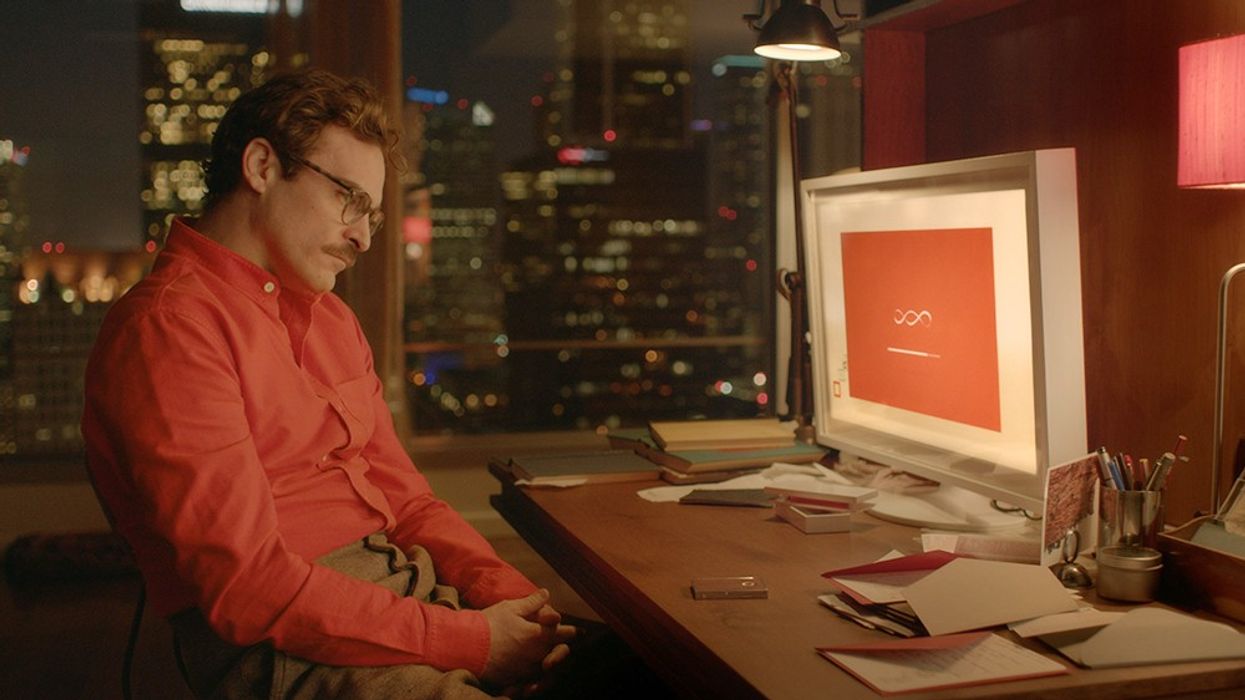Watch: How to Effectively Use a Smartphone in Your Movie
Do smartphones provide filmmakers with the opportunities to organically incorporate technology into their stories?

Whether filmmakers like it or not, smartphones are here to stay. I'd even hazard a guess that a similar sentence has been written about most of the technological developments that have accompanied the growth of the movies. While some films have used these devices in, shall we say, less than exemplary fashion, this essay from Luís Azevedo and Beyond the Frame argues that this doesn't have to be the case. In fact, the ubiquitous gadgets can actually present a unique narrative opportunity.
Tracing the evolution of communication technology through the past century of film, Azevedo finds that, "while the phone [in film] has been used creatively, the smartphone has brought about a whole new set of problems." For instance, there is always the question of how to depict text messages in film and TV, with the worry being that, as with all things of-the-moment that pertain to technology, a few years will render what looks cool now as hopelessly outdated (and this worry is not unfounded.)
The problem, as Azevedo sees it, is that filmmakers often fixate on form—that is, the ways in which the technology intrudes into the story—and on not the ways in which new technology can be used to make points about society and be used to perform clever narrative functions.
"Nobody is on the other side...the entirety of this relationship is presented in the back-and-forth between human and machine."
Azevedo thinks that the answer lies in content, because "if the possibilities of smartphones are written into movies, we have the power to significantly change their narrative." And while some films, like Her, develop their stories in order to "explore how we communicate in this age," his focus is on other, less techno-centric stories.
As an example, he cites a moment from the Pamela Adlon TV series, Better Things, wherein we see the main character staring at her phone during a delicate moment in a relationship. In this scene, which he admits that some would call "boring," Azevedo instead sees a flash of meaning, a motivated moment where we learn that "nobody is on the other side, and from then on, the entirety of this relationship is presented in the back-and-forth between human and machine."
Source: Beyond the Frame











